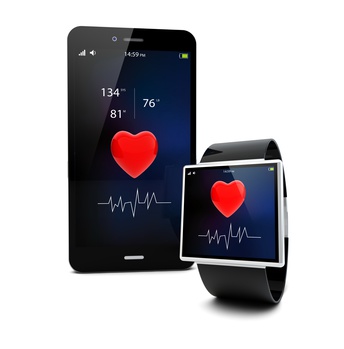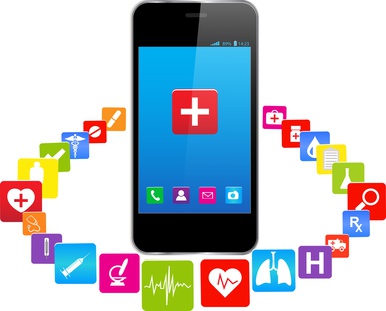In 2020, there’s a fat chance that you as a patient (particularly if you’re from a developed nation) will have full access to your electronic health records, giving you free rein in deciding whom you want to share it with. Such bold picture of the future is just one of Deloitte’s fascinating glimpse of health care’s future in a report they published last year.
The Year Digital Health Broke Out
Interestingly, Deloitte’s predictions are more likely to happen sooner than 2020, with 2014 hailed by Startup Health as The Year Digital Health Broke Out. First, the surge in venture funding deals increased by 200 percent from 2010. Second, $6.5 billion was invested in new healthcare startups, a whopping 125% increase from the previous year. Not to mention that for the first half of 2015, $6 billion is already invested across 400 venture capital-backed healthcare deals in the US alone.
3 Health Care Trends in 2015
Figuring out which health care startups are making a buzz for the rest of the year and early next year may take a while since most of them are equally capable in addressing existing and potential health care issues. What’s more interesting though is to take a closer look of the trends that are driving health care’s sudden rise to startup fame across the globe.
Trend #1: Wearables
Technology has certainly come a long way. It’s getting cheaper and more accessible for many. This is why health care startups who are hinging on wearables that track health and fitness variables are increasing in number. Chrono Therapeutic’s SmartStop band, a nicotine delivery system for smokers wanting to go cold turkey, is a clever example.
Furthermore, the vast array of digital marketing platforms is making it possible for health care companies to eschew the long wait of FDA approvals and build their own systems to directly reach out to their target customers, the quantified self geeks of course.
Trend #2: Doctors-on-Demand
Sitting in a white-washed waiting room for hours (because hey, the doctor suddenly has an emergency surgery to attend to) and waiting for your turn is excruciatingly dull. The good news is that health care startups such as SnapMD and Breakthrough are making it possible for patients to have more control of such doctor visits through video consults, virtual health assistants, and telehealth care systems.
Trend #3: Big Data
In the first half of last year, healthcare startups banking on analytics experienced 161 percent more funding in comparison to 2013. This is not a surprise at all as people are more inclined to pay attention to ventures (not just in the healthcare industry) that help interpret raw data and translate it into information that they can easily relate to.
Take Health Care Interactive for example. Backed by Grotech Ventures and Harbert Venture Partners, the data-analytic company provides software for insurance providers and third-party admins to identify potential health risks and its corresponding cost drivers.
The Takeaway
Healthcare companies who take the time to study the aforementioned demands and trends are true champions of innovation. Exciting times are indeed ahead in the industry!
What other trends do you think will drive demand for more healthcare-oriented startups? Your opinions matter to us so join in the conversation at @Founders_Guide











